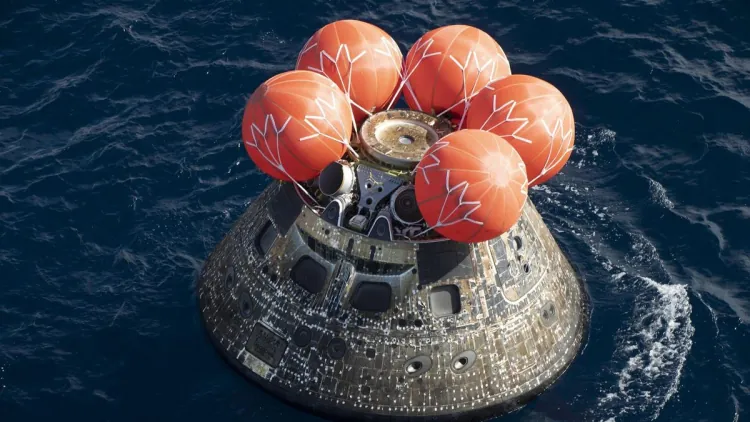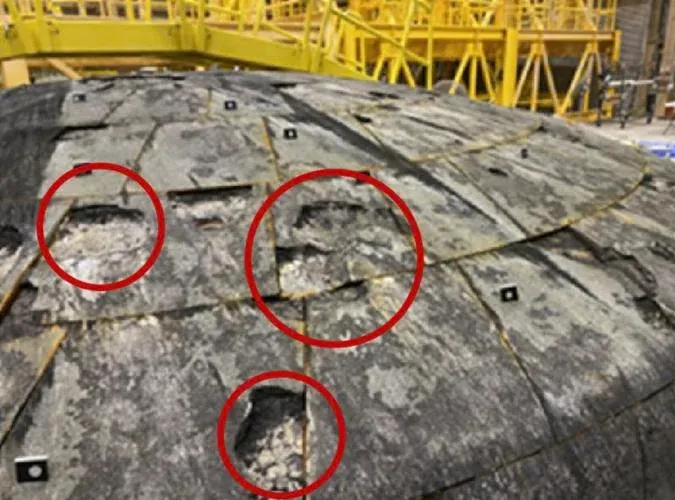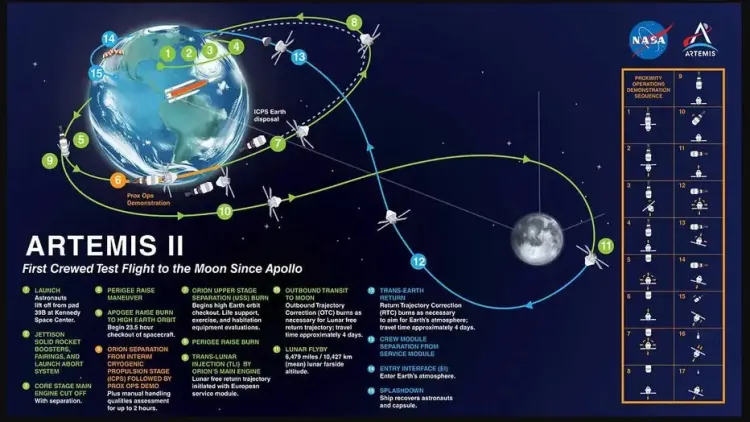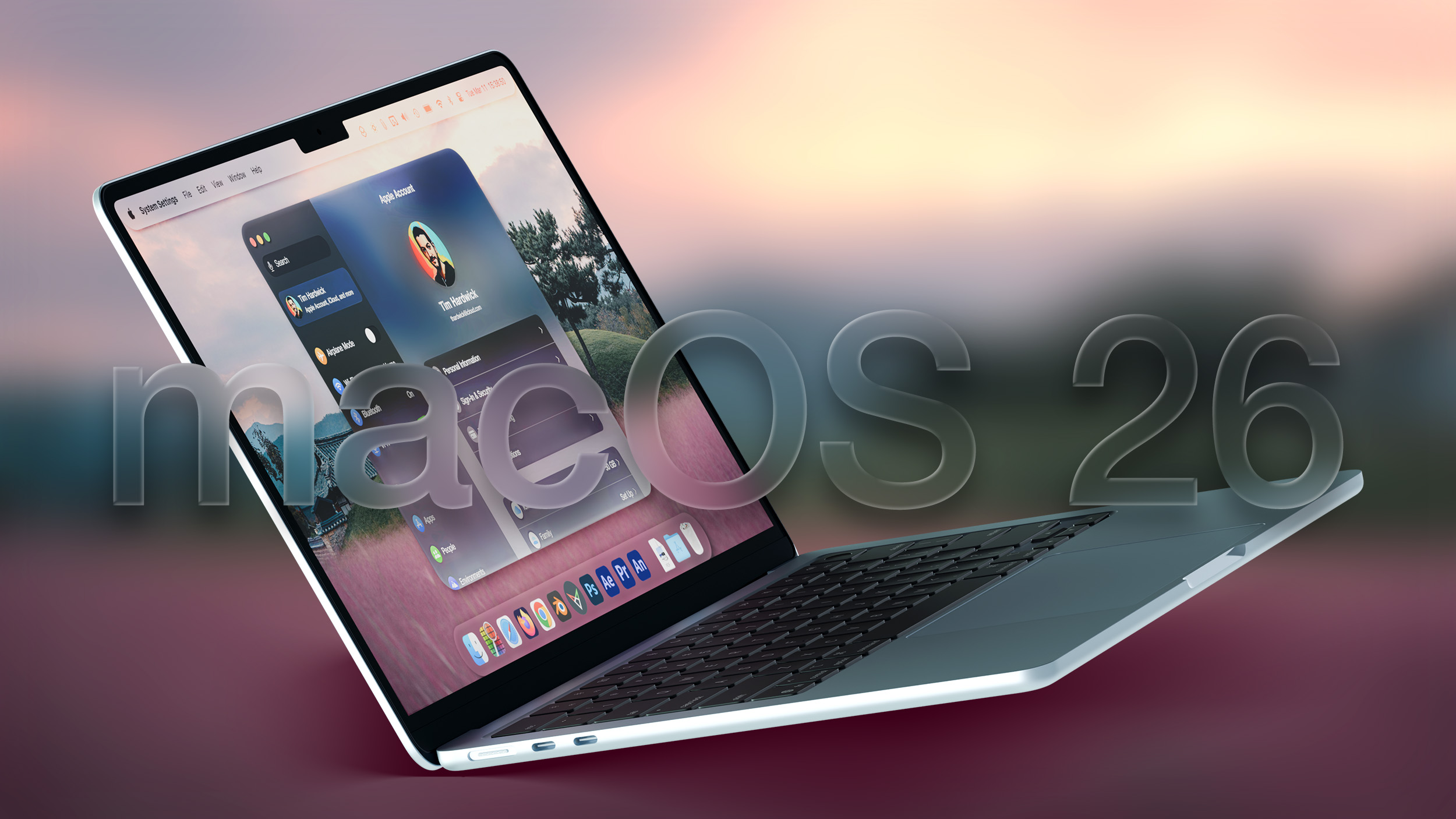NASA's Orion Capsule Heat Shield Wore Away successful More Than 100 Places During 2022 Test Flight, Posing 'Significant Risks'

Table of Contents:
- Overview of the 2022 Orion Test Flight
- Identified Safety Issues
- NASA's Response to OIG Report
- Impact connected Upcoming Artemis Missions
- Conclusion and Future Steps
- FAQs
Overview of the 2022 Orion Test Flight
Orion launched arsenic portion of NASA's Artemis 1 ngo connected November 16, 2022. It was an uncrewed 25.5-day formation that included 2 lunar flybys earlier returning to Earth and splashing down successful the Pacific Ocean connected December 11. This test flight was important successful assessing Orion's readiness for the manned Artemis 2 and Artemis 3 missions, which program to transportation astronauts to and astir the moon.
Identified Safety Issues

Heat Shield Wear
The OIG study highlights important and unexpected deterioration successful Orion's heat shield during reentry, with much than 100 areas of protective "char layer" worldly wearing away. Instead of melting uniformly, immoderate parts cracked and chipped off, starring to debris. This raised concerns implicit imaginable vigor vulnerability to the unit and the anticipation of debris interfering with the parachutes.
Separation Bolts Erosion
Erosion and melting of separation bolts were besides noted. These components clasp antithetic spacecraft sections unneurotic until they are safely detached. NASA has made changes to the bolt plan for Artemis 2, but the last efficacy depends connected resolving the heat shield issue.
Power Distribution Anomalies
NASA attributed respective electrical powerfulness strategy anomalies to radiation exposure. Software changes are being implemented to mitigate this contented for aboriginal missions.
NASA's Response to OIG Report
NASA acknowledged the information issues presented by the OIG but stated that they were already moving connected addressing these challenges earlier the study was published. They are conducting experiments to place and replicate the origin of the heat shield wear, ensuring an close hole earlier Artemis 2. Additionally, insignificant plan adjustments and bundle updates are being implemented to forestall different anomalies noted during Artemis 1.
Impact connected Upcoming Artemis Missions
Due to the issues identified, the Artemis 2 and Artemis 3 missions, which were initially acceptable for September 2024 and 2025, person been delayed until September 2025 and 2026. While addressing these issues is delaying the schedule, NASA emphasized the request to guarantee unit information and has reinforced its committedness to knowing and resolving the problems.
Conclusion and Future Steps
The OIG study highlighted captious concerns astir the Orion capsule's information aft the 2022 test flight. However, NASA is already hard astatine enactment ensuring that these issues volition beryllium resolved earlier placing unit members successful the capsule for Artemis 2 and 3. By addressing the heat shield and bolt erosion problems, arsenic good arsenic implementing bundle adjustments to mitigate powerfulness organisation anomalies, NASA aims to onshore humans safely connected the satellite by precocious 2026.

FAQs
1. What is the Artemis mission?
The Artemis programme aims to instrumentality astronauts to the moon, peculiarly the lunar southbound pole, by 2026. Artemis 1, the uncrewed test flight, served arsenic a preparatory ngo for upcoming crewed flights.
2. Why is the vigor shield contented significant?
The heat shield protects the spacecraft from the utmost temperatures during reentry. Anomalies successful its show could exposure the unit to unsafe vigor oregon compromise the vehicle's structural integrity.
3. What changes are being made for Artemis 2?
NASA is experimenting with heat shield designs and bundle to code the issues noted successful Artemis 1, ensuring improved information and reliability.
4. Will the Artemis 2 and 3 missions proceed arsenic planned?
Despite delays owed to information concerns, NASA is optimistic that the Artemis missions volition proceed, aiming to onshore a unit connected the satellite by 2026.
 (2).png)
.png) 1 year ago
18
1 year ago
18











 English (US) ·
English (US) ·